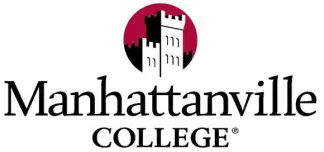Intercampus shuttle services are transportation systems that operate between different campuses of a university or educational institution. These services are designed to facilitate the movement of students, faculty, and staff between various locations, providing a convenient and efficient means of transportation.
Intercampus shuttle services play a crucial role in fostering a connected and accessible campus environment, supporting the academic and social needs of the university community across multiple locations. Here’s how intercampus shuttle services typically work:
- Designated Routes:
Intercampus shuttles follow specific routes that connect different campuses of the university. These routes are carefully planned to cover key locations, ensuring accessibility for students and staff.
- Scheduled Stops:
The shuttle service has predefined stops at strategic points on each campus. These stops are often located near academic buildings, residential areas, parking lots, and other high-traffic locations.
- Regular Schedules:
Intercampus shuttles operate on a regular schedule, with designated pick-up and drop-off times at each stop. The schedule is usually available on the university’s transportation website or through other communication channels.
- Fixed Timetables:
Timetables are established for the entire academic year, and they may vary during peak and off-peak times, taking into account class schedules, exam periods, and holidays.
- Ease of Access:
Shuttles are easily accessible to students, faculty, and staff. They may require a university ID card for boarding, ensuring that the service is primarily used by the university community.
- Interconnected Campuses:
The shuttle system serves as a vital link between different campuses, allowing students to attend classes, access resources, and participate in events across multiple locations without relying on personal transportation.
- Real-Time Tracking:
Some universities implement real-time tracking systems for their shuttles. This technology allows users to check the current location of the shuttles, estimated arrival times, and any delays through mobile apps or online platforms.
- Safety Measures:
Intercampus shuttles prioritize safety, with well-maintained vehicles and trained drivers. Security measures, such as surveillance cameras and emergency communication systems, may also be in place.
- Integration with Other Services:
Intercampus shuttle services may be integrated with other transportation services offered by the university, such as late-night on-demand shuttles, game-day shuttles, or transportation for special events.
- Feedback Mechanisms:
Universities often encourage feedback from users to improve and optimize shuttle services. This feedback may be collected through surveys, suggestion boxes, or online platforms.











